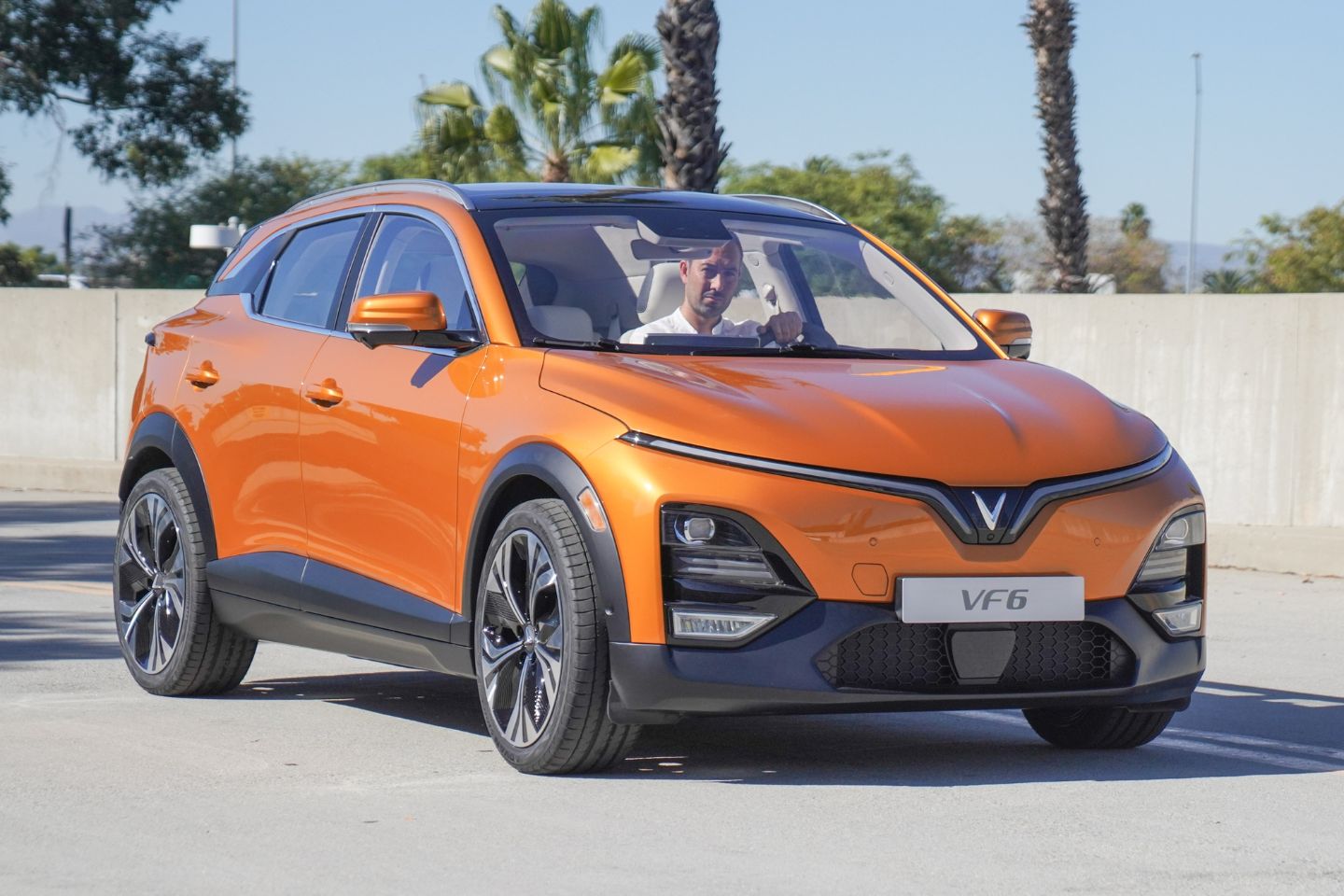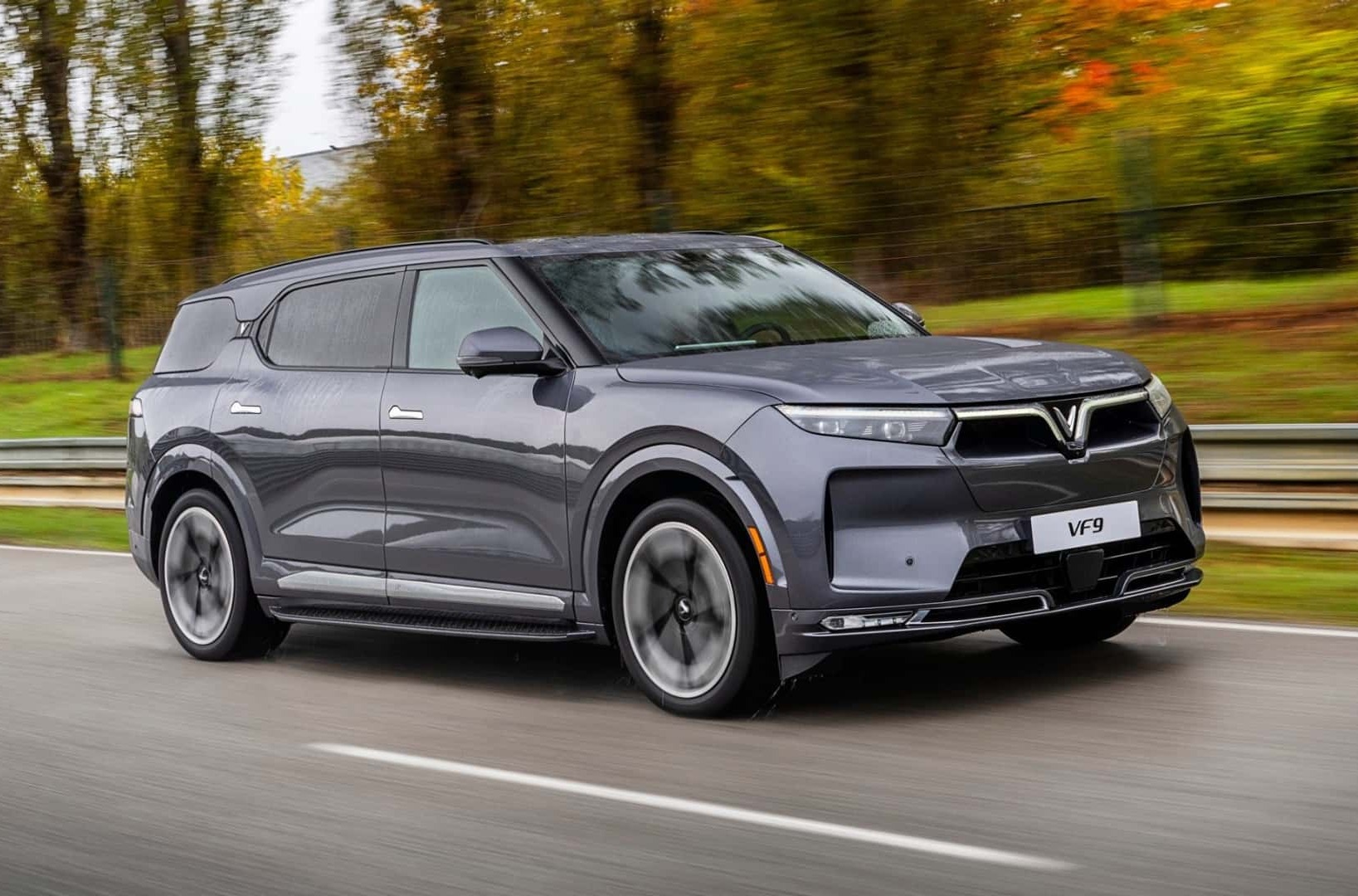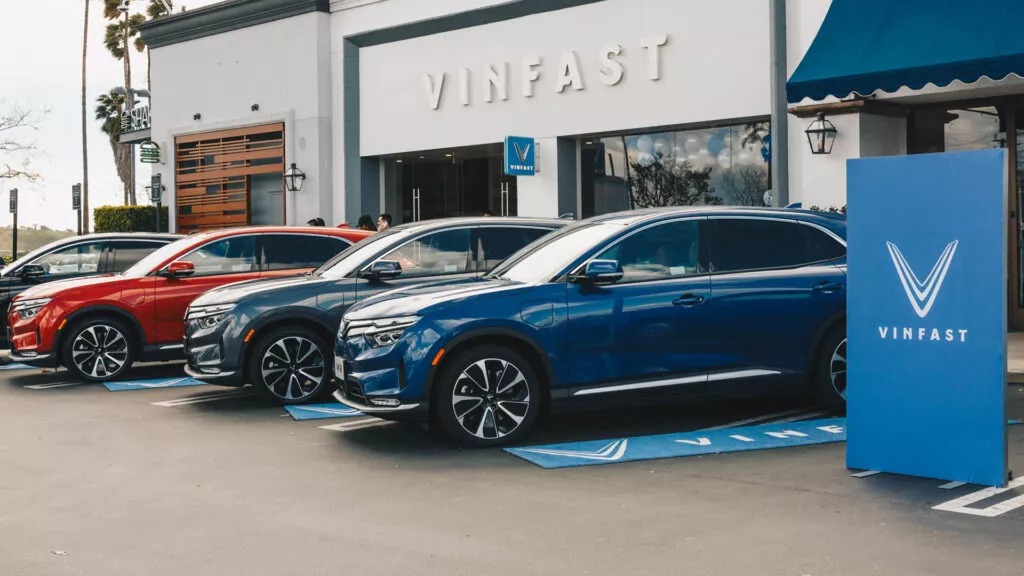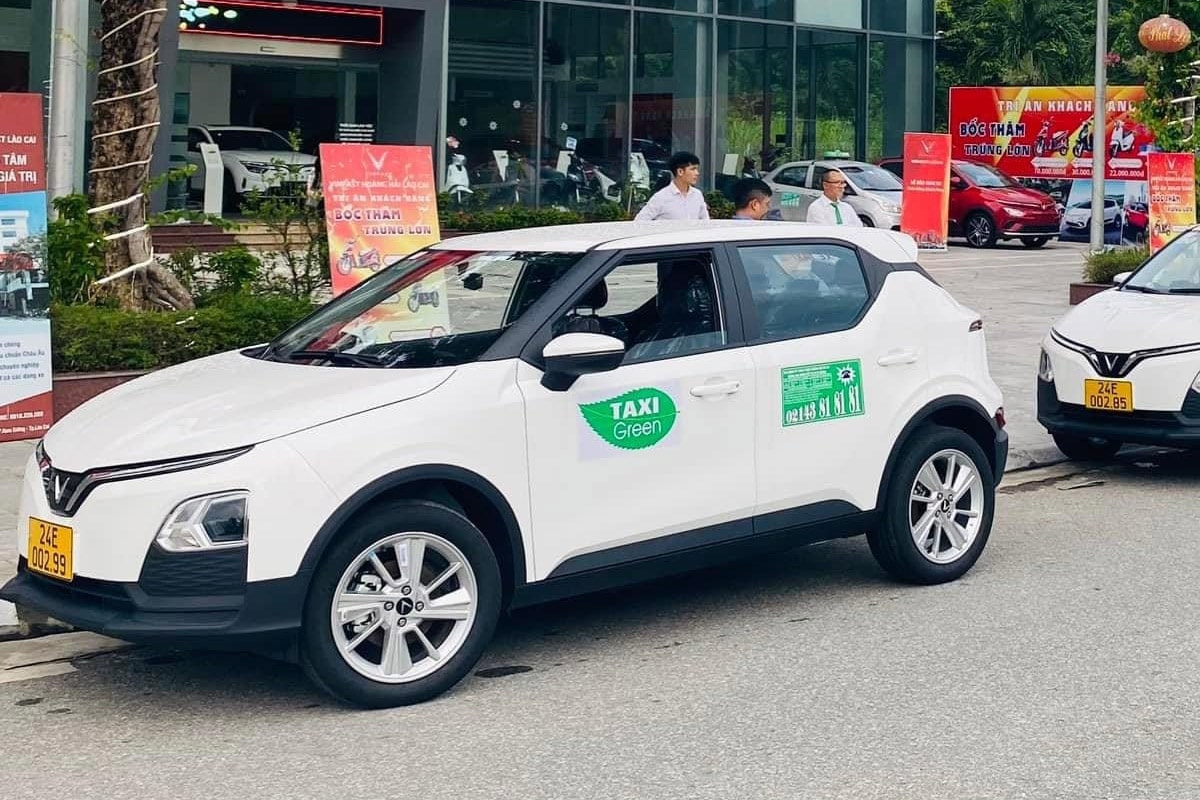VinFast, the Vietnamese automotive company, has experienced a sharp decline in its stock price. After going public in the United States, the company’s shares initially surged well beyond their opening price of $22 per share, soaring to an impressive $93 during intraday trading earlier this week. However, a dramatic reversal occurred on Tuesday, as prices plummeted by approximately 44%, resulting in a staggering loss of over $90 billion in market value. This downturn also translated to a significant reduction of $67 billion in the wealth of VinFast’s founder, Pham Nhat Vuong.
At the time of this report, VinFast’s stock price was hovering around $43 after hours. Interestingly, the company still maintains a market capitalization that exceeds $100 billion, positioning it as the third most valuable car manufacturer globally, trailing only Tesla and Toyota.
An often overlooked aspect of VinFast’s ownership structure is the extent to which individual and institutional investors hold stakes in the electric vehicle startup. Astonishingly, a significant portion of the company’s outstanding shares—approximately 1.2 billion out of 2.3 billion—are held by VinGroup. Within this ownership, Pham Nhat Vuong directly owns 51%, both individually and through Vietnam Investment Group. Additionally, another 1.1 billion shares are held by two entities exclusively controlled by Vuong. Consequently, VinFast’s owner maintains an overwhelming 99.7% control over the entirety of the company’s stock.
Despite these developments, skepticism prevails among analysts and industry experts regarding VinFast’s prospects within the U.S. automotive market.
While the company recently initiated construction on a $2 billion factory in Chatham County, North Carolina, the local reception to its VF 8 SUV model has been tepid at best. In fact, data sourced from Experian highlights a modest registration count of merely 128 VF 8 vehicles between January and May of the current year. This subdued reception contrasts with VinFast’s importation of approximately 3,000 vehicles into the U.S. market during the same period.






